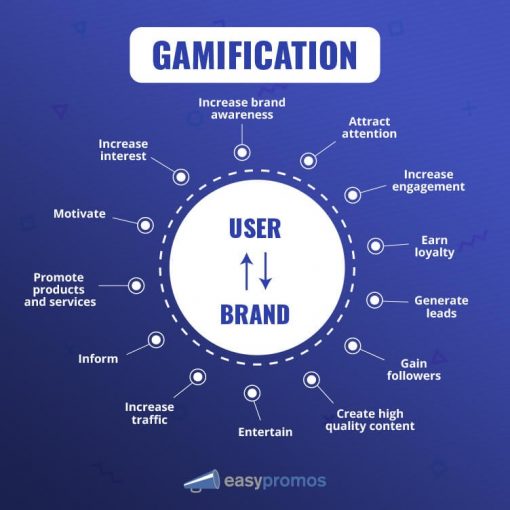In international branding, companies should consider numerous factors and make careful considerations. Recognizing potential barriers and challenges will help enterprises discover solutions for successful branding and contribute to the substantial visibility and revenue associated with establishing a global brand.
What is international branding about?
Indeed Editorial Team (2022) described that international branding, also known as global branding, enables companies to market their products or services across multiple countries using a consistent brand name, facilitated by implementing efficient business strategies. The process of international branding frequently entails strategic consideration of how an organization intends to shape the perception of its brand and corporate values among customers in a specific geographic location.

Challenges to tackle
The challenges a business might face during the international branding process are related to financial risk, legal concerns, localization, and local competitors (Maheshwari 2023; Ho 2023, 55–57):
- financial investments, especially when initiating business operations in unfamiliar regions or countries. Conducting brand research, analysis, planning, and strategy formulation requires resources – the risk of not achieving a desirable return on investment.
- a variety of legal frameworks and regulatory requirements. Failure may result in severe consequences, such as significant financial repercussions and damage to the brand’s reputation.
- adapting the brand to reflect the cultural, behavioural and trendy characteristics of the local population. Also, the local language is crucial to reduce potential communication barriers.
- in-depth market research and analysis to gain a comprehensive understanding of the competitive situation and to develop effective strategies to counter new entrants.
How to success in the Finnish market?
Ho (2023, 1–2, 42, 54) analyzed in her thesis the key factors that have contributed to the success of KOI Thé, an internationally renowned milk tea franchise, and discussed the potential obstacles for the business that may arise for KOI Thé in the Finnish market. Just as any other international company, KOI Thé may face obstacles in the form of the language barrier, for example. In addition, KOI Thé may encounter challenges in meeting legal requirements regarding Finnish legislation. Moreover, the challenges of KOI could potentially be influenced by a range of external factors, such as inflationary pressures leading to higher costs on space rental, transportation, electricity, and other pertinent factors.
Creating and implementing global brand strategies can give brands lasting and sustainable value. Organisations seeking global recognition may find it useful to look at the KOI case as a reference and source of inspiration and tailor their approach to their own specific requirements.
Authors
Lien Ho is a graduating student at LAB University of Applied Sciences, Bachelor’s Degree Programme in International Business.
Sari Suominen works as Senior Lecturer at LAB University of Applied Sciences in Lahti.
References
birgl. 2018. Koksi-mainonta-baari-ravintola. Pixabay. Cited 9 Oct 2023. Available at https://pixabay.com/fi/photos/koksi-mainonta-baari-ravintola-3807410/
Ho, L. 2023. Making an international food and beverage brand successful in Finland. Thesis. LAB University of Applied Sciences, Bachelor’s Degree Programme in International Business. Lahti. Cited 4 Sep 2023. Available at https://urn.fi/URN:NBN:fi:amk-2023110728743
Indeed Editorial Team. 2022. What is Global Branding? (With benefits and Best practices). Cited 4 Sep 2023. Available at https://ca.indeed.com/career-advice/career-development/global-branding
Maheshwari. S. 2023. Opportunities and Challenges of Global Branding in 2023. Business Outreach. Cited 4 Sep 2023. Available at https://www.businessoutreach.in/opportunities-challenges-of-global-branding/




